What is the word on the street in garden trends, what are clients REALLY talking about…
Garden trends, those lists that come out every year, do you read those? Everything has a trend…from what color to paint your house to how high a dress hemline should be. The latest on what we must have and how we can have it all. Sometimes it feels very driven by industry; like the paint supplier telling us what color is hot. But what about the end user?
In the ways of gardening, what is the word on the street, the latest buzz? I start with my design clients, what are they asking for, seeing and pinning on their Pinterest pages? What are we actually installing in landscapes? I also do a lot of seminars and workshops, and the request for topics from garden clubs and nurseries are also a big tell-tale of what people want to hear and learn more about.
Cutting gardens are back.
Thanks to the awesome slow flowers movement. We care about where our fl owers are grown and that they are local. The flower in the vase looks less a mystery of its beauty when we see local flower farmers bringing it to market. In turn, it makes gardeners want to grow some too.
owers are grown and that they are local. The flower in the vase looks less a mystery of its beauty when we see local flower farmers bringing it to market. In turn, it makes gardeners want to grow some too.
Chickens are getting easier.
I remember having chickens years ago before it was trendy, and it was a joy to have them, but it was also a lot of work. I look at all the resources available today, from the Taj Mahal of coops to chicken sitting services, practically anybody with logical space to raise them can do it. Check out Fresh Eggs Daily for a bounty of information.
Bees matter.
As a matter of fact, we can live and die by how the population of bees is cared for. Check out this episode of Growing a Greener World on the importance of urban beekeeping. If you are not interested in beekeeping, you need to be interested in how chemicals affect bee populations and ways to help attract pollinators to the garden. Yes, really you must! Visit the Honey Bee Conservancy to learn more and get the facts.
Flavor is in.
Once you cook with fresh herbs from the garden, you will never look at a spice jar on the grocery store shelf again. There simply is no comparison to the flavor of processed herbs or vegetables to those harvested from the garden. Fresh picked, canned and preserved. Download a podcast (or two or three) from Living Home Grown including this one on “Getting more Garden Flavor”. YUM!
Fragrance Is In. Aromatherapy in the garden. Think fragrance beyond flowers. Get to know shrubs like witch hazel (Hamamelis), Daphne and sweet box (Sarcococca) . Plant trees that linger fragrance in season and blend natural perfume all over the garden, Magnolia, Chinese Fringe Tree (Chionanthus), Fragrant Snowbell (Styrax obassia) . For more scented plants, go to Great Plant Picks “Plants that make Scents.”
Selfish gardening is not a bad thing.
What can a garden give back to you? Gardeners want plants that give back and are adding them to ornamental landscapes. Blueberries as a hedge like the variety ‘Sunshine Blue’, parsley as a flower border edging, strawberries as a groundcover. Designing gardens with plants that give interest to the garden but give something to harvest. Join me at the Northwest Flower and Garden show Thursday February 18th for my seminar “In Search of Useful Spaces” for more on how gardens give back.
Weeds and deer, any miracle solutions out there?
Yes, there are lots of ideas, just google it and you will be inundated. Start with knowledge. Know what type of weed you are dealing with (annual, perennial, rhizome or seed spreader) and take action. For most weeds, if you take away what makes them thrive or reproduce, they will stop doing those things! Deer and wildlife are creatures of habit, get to know those habits. What are they looking for, food, a place to bed down, safe passage? Don’t plant an edible garden in the middle of a popular deer trail. Makes sense right? There are many logical solutions like a deer fence and repellent sprays, but get to know your garden pests to know how to take charge of how they damage it.
There is never a request for more grass.
Most say they are sick of mowing, moss and chemical use on lawns and want to simply make it go away. It can happen, but before you get out a shovel or use a chemical (gasp) to kill it all off, start with a plan. If the grass is gone, what goes in its place and how will it be maintained. The answers are in the design.
Those gardens that were lush and magazine gorgeous ten years ago are now being renovated to low maintenance.
Renovating for low maintenance is a huge part of my work right now. We want all that lushness, but we don’t want the work. How to strike a balance? Choose plants wisely and consider what maintenance you hate. Pruning? Water use? Mowing? Weeding? All of the above? There is no such thing as a zero maintenance garden, but there are many things that can be done to strike a balance between the beauty and the work of a garden. Just for fun, dream of renovation in under an hour! Am I the only one who used to watch the TV show “Ground Force” on BBC?
Internet gardening is frustrating, aka plant searches suck.
Be wise about where you are getting information about your garden. Choose resources such as colleges and educational facilities that are motivated by the study and proper care, not by selling you a product. The Garden Professors, Mobot, Great Plant Picks, The Elisabeth Miller Library are some to take a look at.
Un-contrived pathways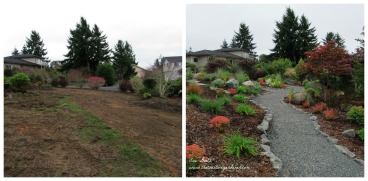
There is high demand for natural looking pathways through the garden. I get many requests for material like gravel and wood chips instead of flagstone and paver block. Take away the sterile feel of walking
through the garden by changing the choice of the surface. Mmm, dreaming of decomposed granite? ? Me too!
We like to Pinterest, but…
Do we really want it all. We like the pallet garden idea-but we wouldn’t dare put it in our own gardens? The reality is a different thing, just take a look at Pinterest fail for a dose of humor. But seriously, be logical and use a critical eye for ideas on Pinterest. Find plants to discover, garden decor, furnishings and such. I like to think that it is a great place for concepts, pictures, and ideas. Build a wish list and idea book for things you want to do in the garden.
Contained gardens go anywhere.
Pottery, plants that don’t overgrow their containment. Small space edibles, aromatherapy and more. Container gardens are a hot commodity and for good reason. You can garden almost anywhere when you pot up plants. Create privacy on a balcony, have fresh herbs on the deck right next to the BBQ, stylize and add color to a boring spot in the garden.
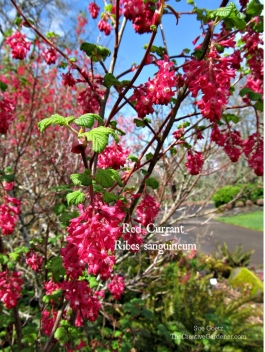 Often, I have discussions with clients about re-establishing and caring for native areas in their landscape. A typical scenario is a new home built on a property that was once fir trees with a mix of brush underneath. In the building process, plants and soil are mercilessly pushed to the fringes of the property to level the land.
Often, I have discussions with clients about re-establishing and caring for native areas in their landscape. A typical scenario is a new home built on a property that was once fir trees with a mix of brush underneath. In the building process, plants and soil are mercilessly pushed to the fringes of the property to level the land.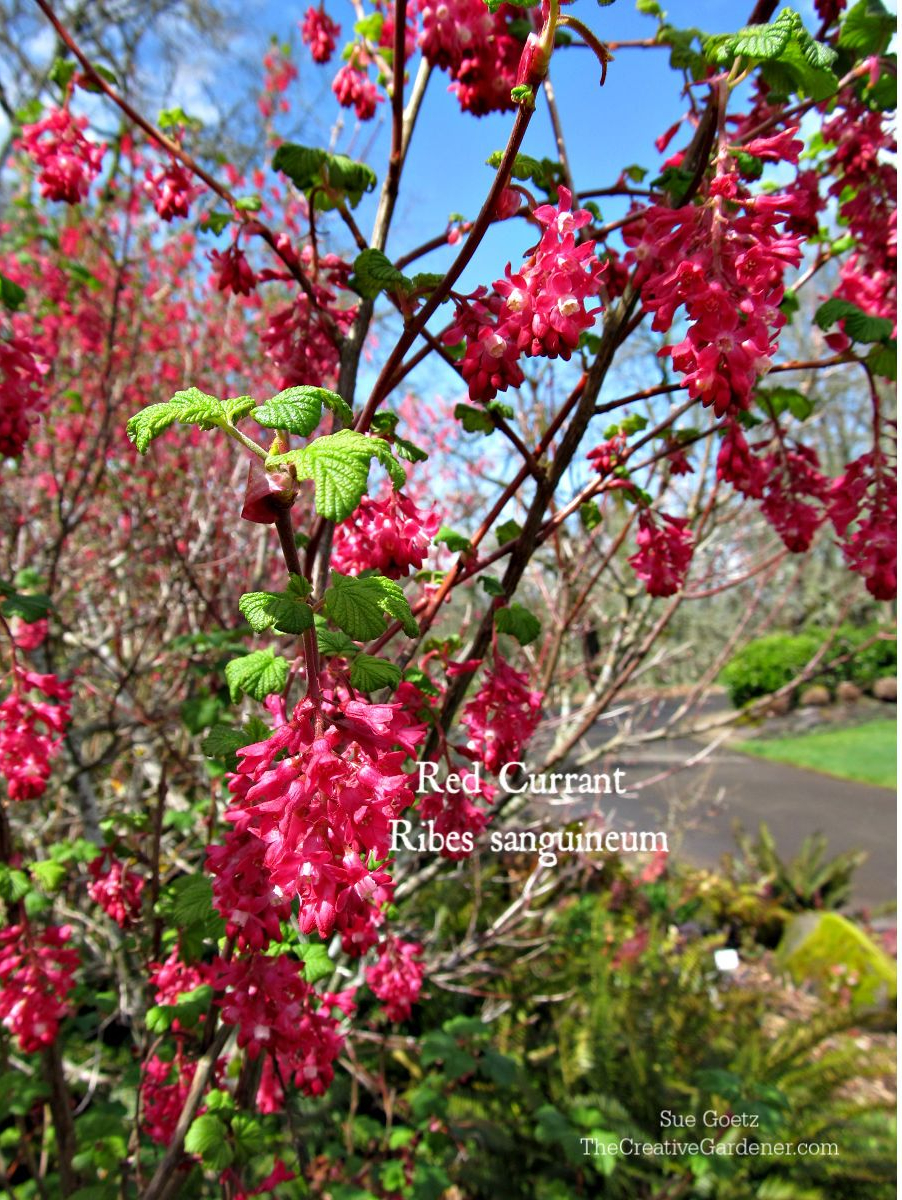













 The best part of the Eden Project beyond those amazing Biomes is the education and
The best part of the Eden Project beyond those amazing Biomes is the education and 




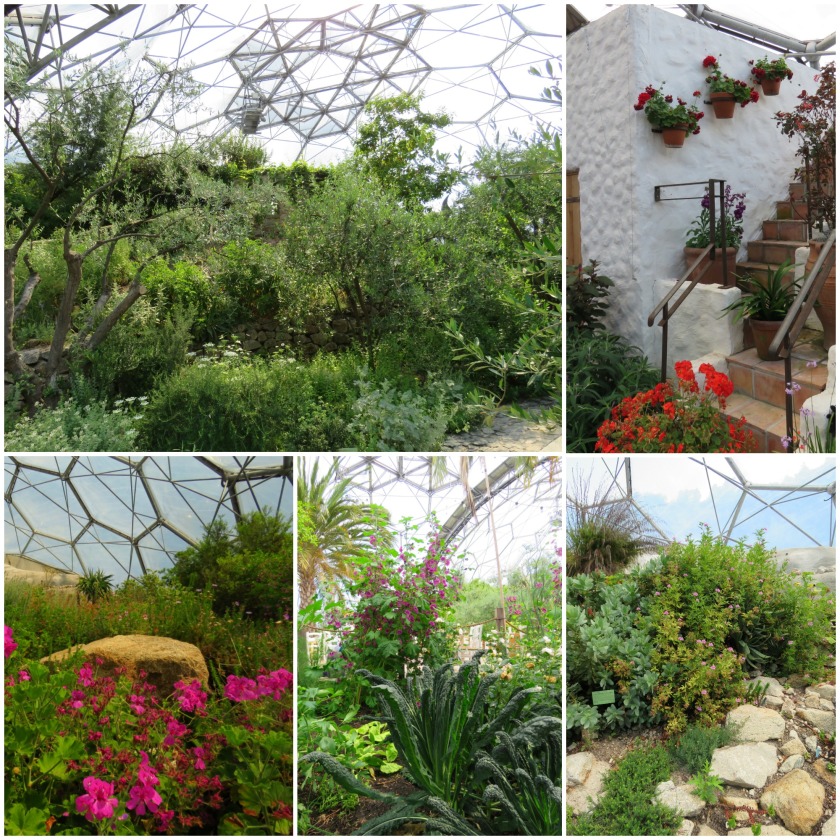
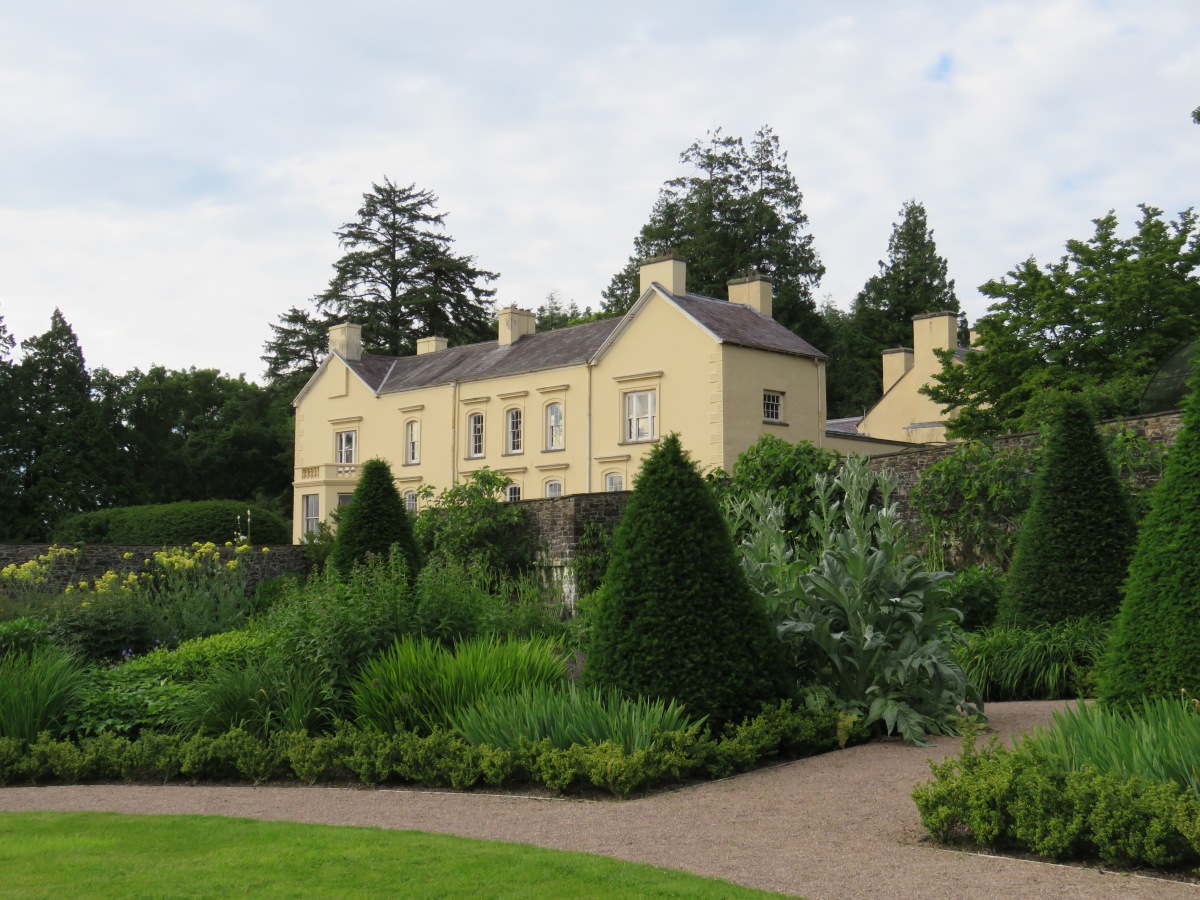
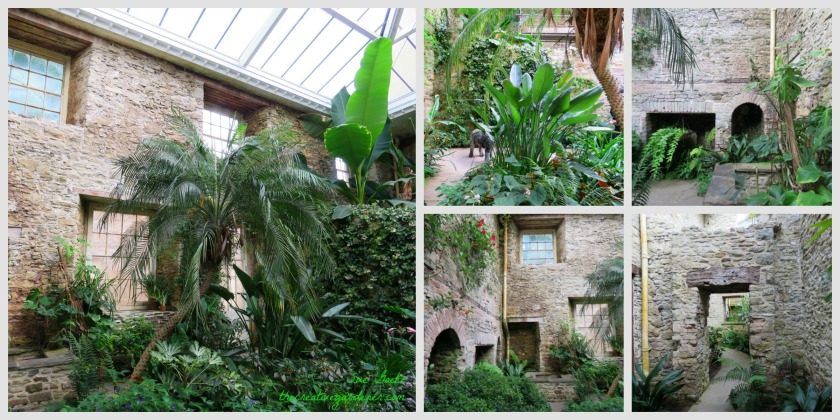








 Must start here…
Must start here…



 owers are grown and that they are local. The flower in the vase looks less a mystery of its beauty when we see local flower farmers bringing it to market. In turn, it makes gardeners want to grow some too.
owers are grown and that they are local. The flower in the vase looks less a mystery of its beauty when we see local flower farmers bringing it to market. In turn, it makes gardeners want to grow some too.
 I am often asked why someone would need a garden designer when they have a landscaper.
I am often asked why someone would need a garden designer when they have a landscaper.




